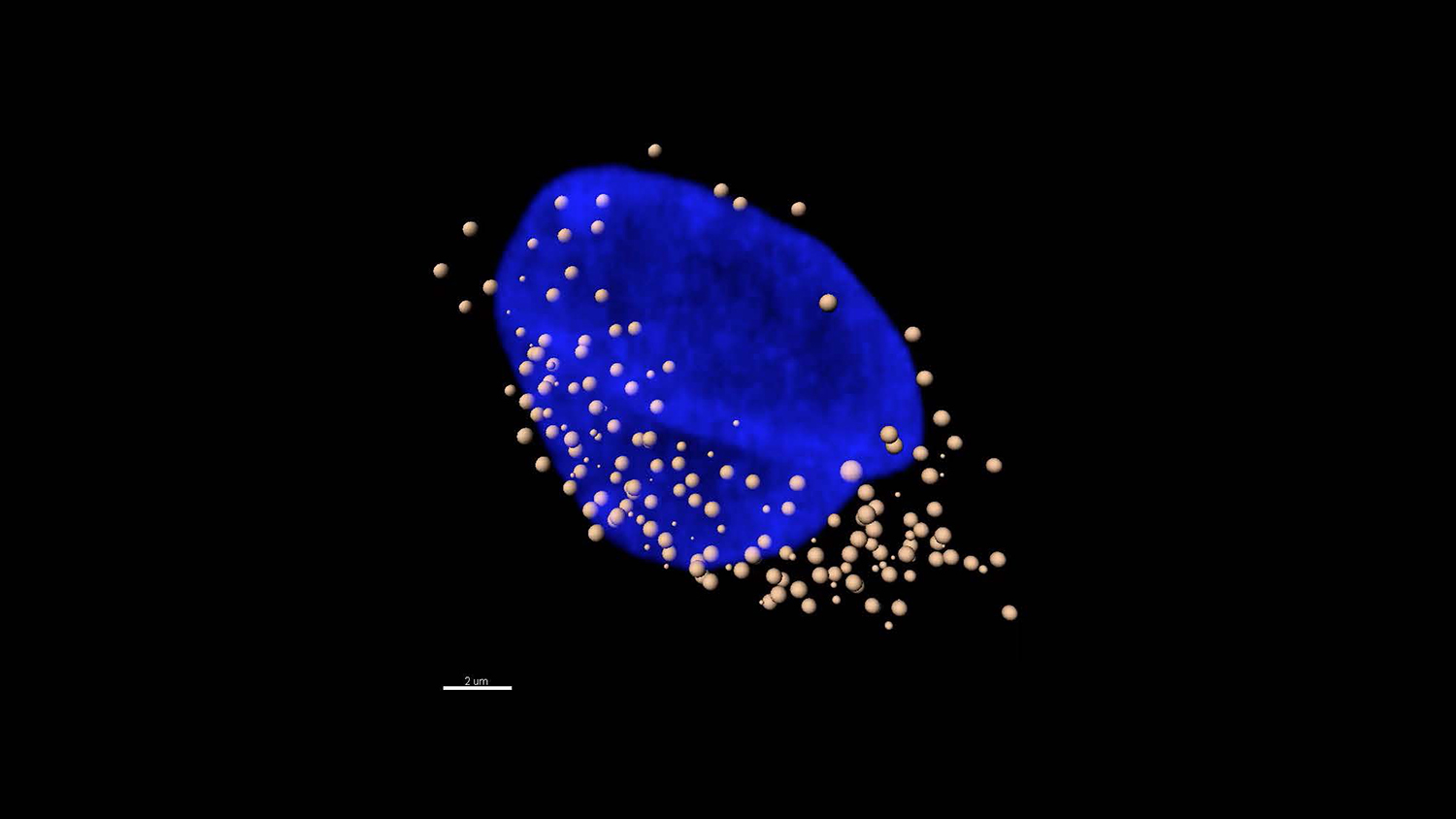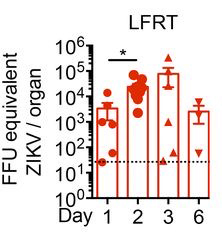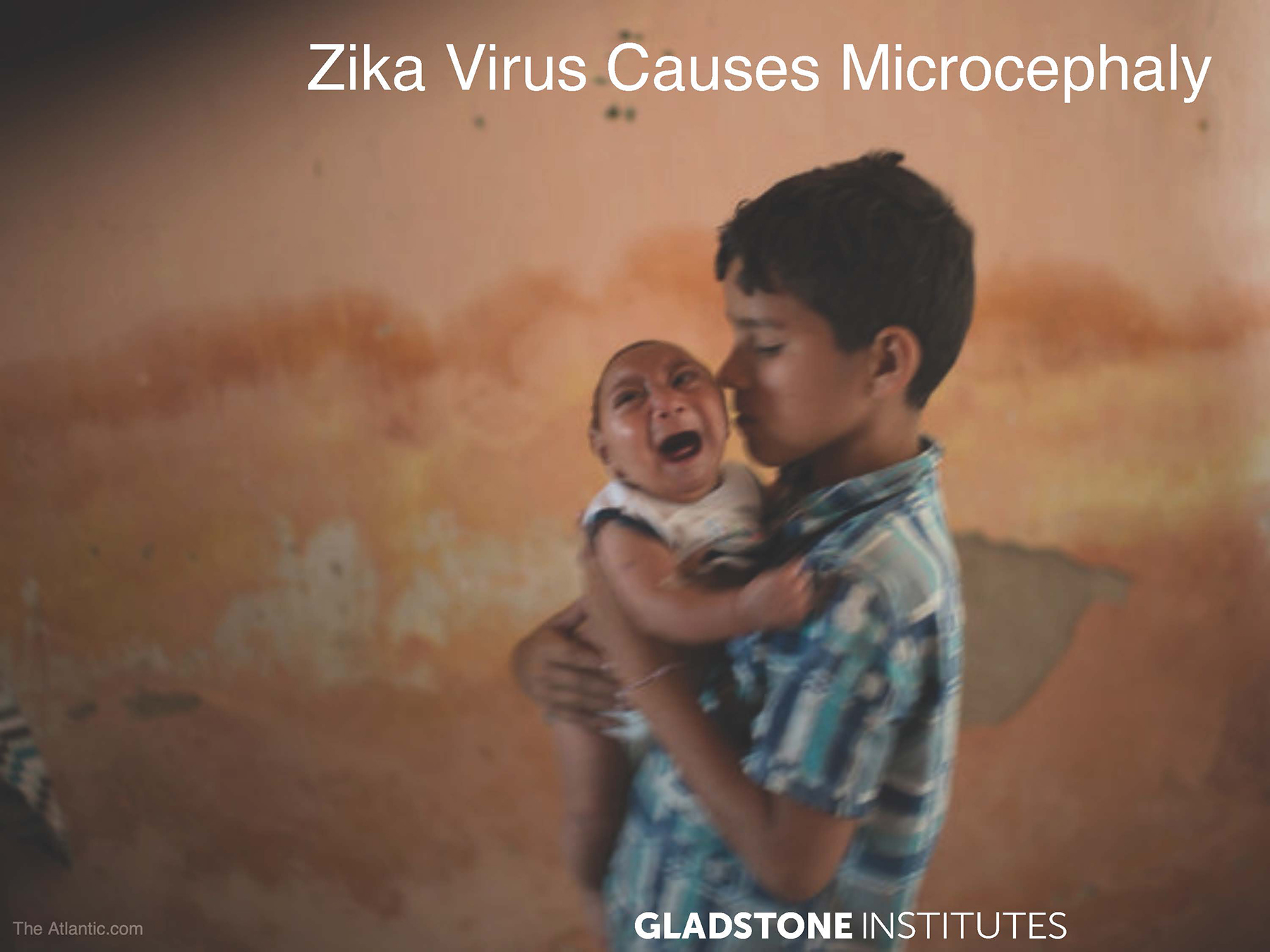Zika and microcephaly:
a deep dive into host RNA metabolism
In 2014, a surge in cases of microcephaly and other neurodevelopmental disorders in newborns in Brazil and Latin America was linked to an outbreak of the Zika virus, a mosquito-borne RNA virus, and cousin of the hepatitis C virus (HCV). Leveraging our longstanding expertise in HCV, we rapidly focused on the interaction of ZIKV with the nonsense-mediated mRNA decay (NMD) pathway, a target of HCV and known regulator of brain size in mice.







